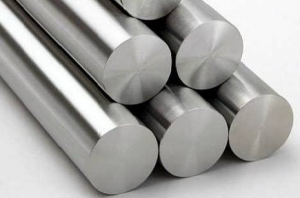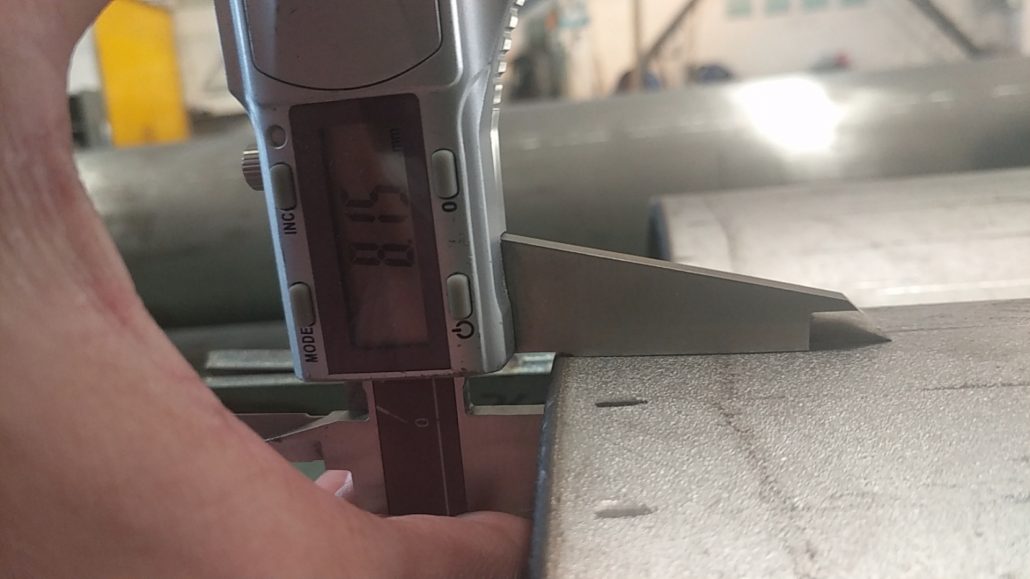Brief Analysis of Important Components in Titanium Pipes
Let’s analyze the working conditions of titanium fittings: Titanium pipelines mainly transport corrosive and dangerous mediums. When the medium with corrosive medium passes through titanium pipe fittings, the medium has some pressure, and the bearing pressure of each pipe fitting is different. Three commonly used pipe fittings (elbow, tee, reducer) are analyzed:
1. Reducer:
The working condition of the reducer, when the medium passes through the reducer, the medium often flows from the large end to the small end. Due to the gradual reduction of the cross-sectional area, the taper part of the reducer is pressurized, and the inner surface of the cone has a higher bearing capacity. High pressure and severe erosion-corrosion.
2. Elbow:
Elbow is one of the important pipe fittings in each pipeline system. In addition to changing the flow direction of the medium, it also increases the flexibility of the pipeline. When the medium passes through the elbow, the medium with pressure goes straight to the back of the elbow, and the medium flows along the back to the outlet. It can be seen that the back of the elbow is subjected to both high pressure and severe erosion and corrosion, indicating that its back carries more than any other part.
Three, three links:
The working condition of the tee is similar to that of the elbow. When the medium passes through the tee, it rushes to the intersection of the branch of the tee and the straight. The bearing pressure and erosion-corrosion here are greater than other parts, and the branch is in the pressure relief and diversion state of the main pipeline.
The above analysis shows that titanium pipe fittings are very important components in titanium pipes, which directly affect the life of titanium pipe fittings.











